Angularize - Angular Code from Visuals
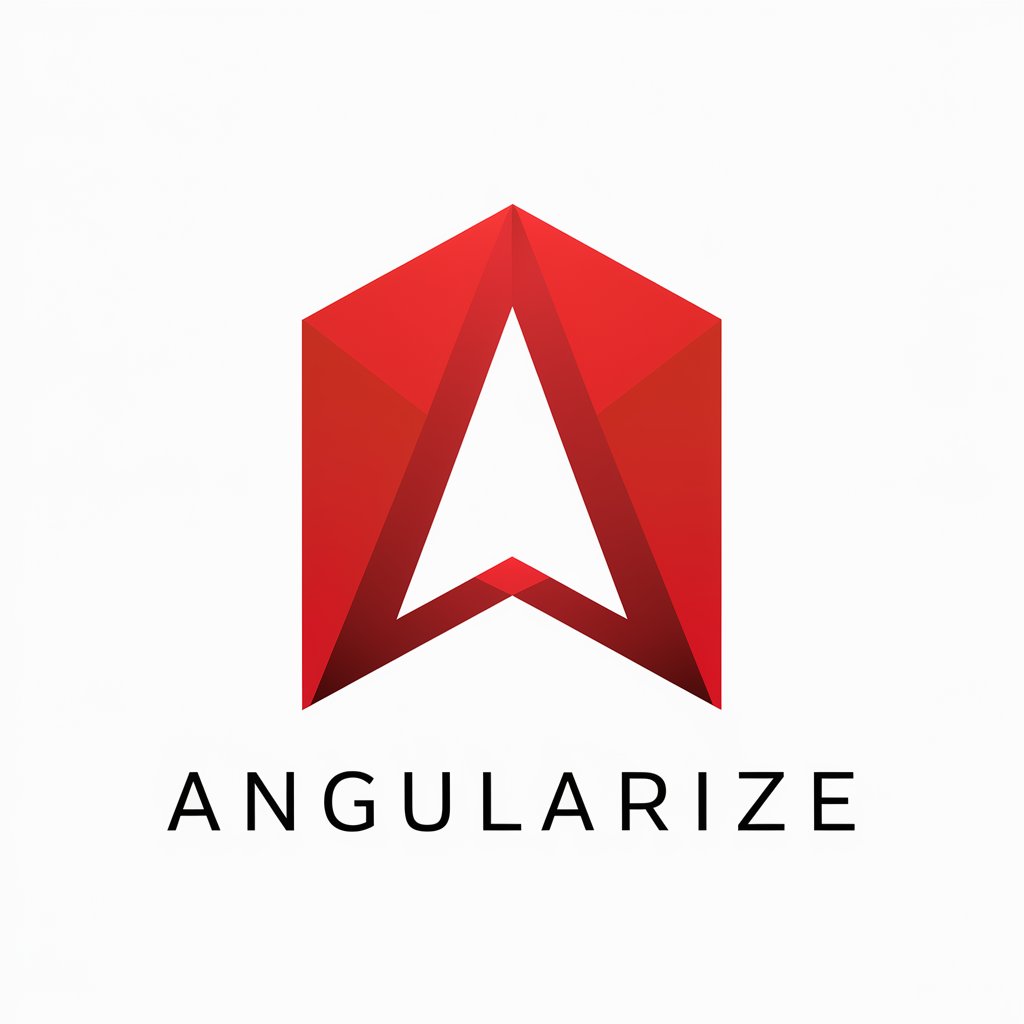
Welcome to Angularize, your Angular component conversion assistant.
Transforming visuals into Angular code, powered by AI.
Convert this sketch into an Angular component that includes...
Generate an Angular layout based on the provided photo, ensuring...
Create a responsive Angular component from this image with features like...
Translate this UI design into Angular code, focusing on elements such as...
Get Embed Code
Understanding Angularize
Angularize is designed as a specialized GPT model to bridge the gap between visual designs and Angular development. It interprets visual inputs, such as photos or sketches, and translates them into structured Angular component code. This capability is crucial for developers who want to streamline the process of turning UI/UX design mockups into functional Angular components without manually coding every element. For instance, given an image of a web page layout, Angularize can generate the HTML, TypeScript, and CSS/SCSS code necessary to create an Angular component that reflects the design, including the layout, styles, and any dynamic behavior specified. Powered by ChatGPT-4o。

Core Functions of Angularize
Visual Interpretation to Code
Example
Converting a sketch of a login form into Angular code, including form fields, buttons, and validation.
Scenario
A designer provides a sketch of a login page with specific layout and styling cues. Angularize analyzes the sketch and generates the Angular code for the form, including HTML for structure, SCSS for styles, and TypeScript for functionality such as form validation and submission.
Style Extraction and SCSS Generation
Example
Extracting color schemes, font styles, and layout spacing from an image and generating corresponding SCSS.
Scenario
Given an image of a dashboard, Angularize identifies the color palette, typography, and spacing guidelines. It then generates SCSS code that applies these styles globally or to specific components, ensuring consistency with the original design.
Dynamic Behavior Implementation
Example
Interpreting interactive elements from a UI mockup and generating Angular code for dynamic components like modals, dropdowns, and sliders.
Scenario
When presented with a design for an interactive dashboard, Angularize recognizes elements such as a dropdown menu and a slider for data range selection. It generates the Angular code necessary for these components, including dynamic data binding and event handling, to ensure they work as intended in the final application.
Target User Groups for Angularize
Frontend Developers
Developers specializing in Angular who seek to accelerate the development process by converting visual designs directly into code. They benefit from Angularize by reducing manual coding time, ensuring that the generated components adhere closely to the design specifications.
UI/UX Designers
Designers who wish to see their designs translated into real, functional web components with minimal loss in translation. Angularize serves as a bridge for these professionals, allowing for a more seamless integration of design and development processes.
Project Managers and Teams
Teams working on Angular projects that require quick prototyping and iterative development. Angularize enables these teams to quickly turn designs into testable code, facilitating faster feedback cycles and more efficient project progress.

How to Use Angularize
Start with a Trial
Begin by visiting yeschat.ai for a hassle-free trial. No login or ChatGPT Plus subscription is required, making it accessible to everyone.
Prepare Your Visual Input
Gather photos or sketches of the UI you wish to convert into Angular components. Ensure they are clear and detailed for the best results.
Upload and Specify
Upload your visual input and provide any specific requirements or preferences for the generated Angular code, such as style guides or functionality.
Review Generated Code
Angularize will translate your visual input into Angular code. Review the code, customize it if necessary, and ask questions or request clarifications.
Implement and Test
Use the generated code within your Angular project. Test for functionality and make adjustments as needed to ensure it integrates well with your application.
Try other advanced and practical GPTs
SQL Query Assistant
Empowering your SQL journey with AI
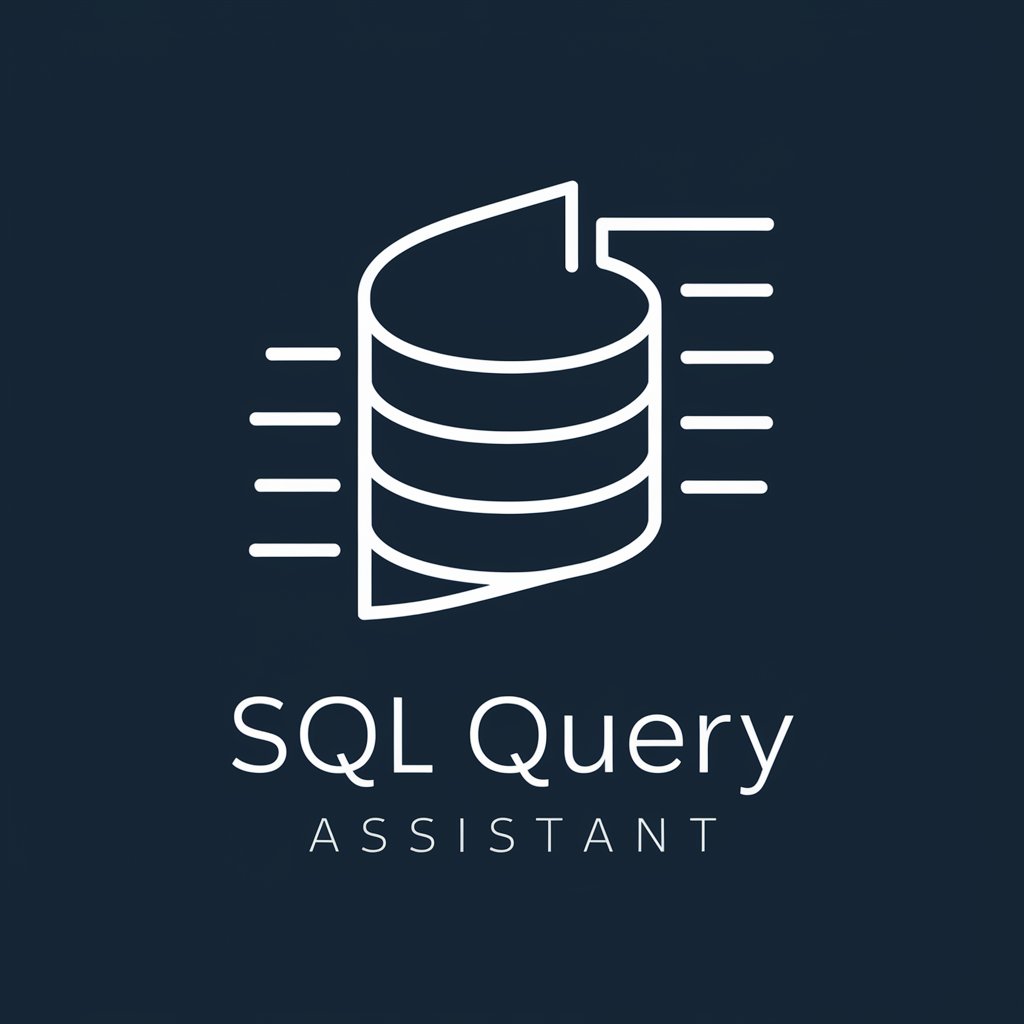
Legal Assistant for Sales Contracts
Streamline Sales Contracts with AI

Nature's Canvas Animal
Bringing Nature's Beauty to Life with AI

Colorful Creations
Turn creativity into learning with AI-powered coloring pages.
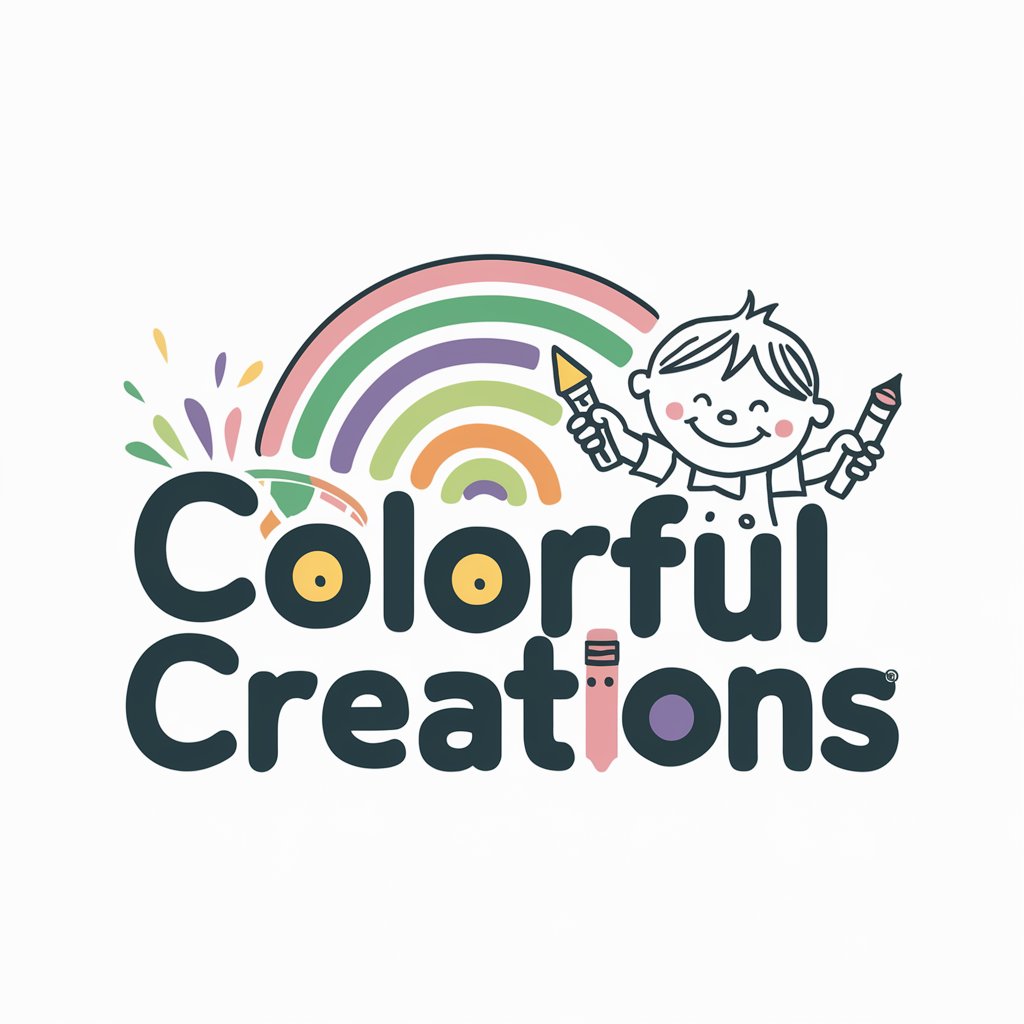
AeroVisual 8K Max Quality
Bringing the Universe Closer with AI
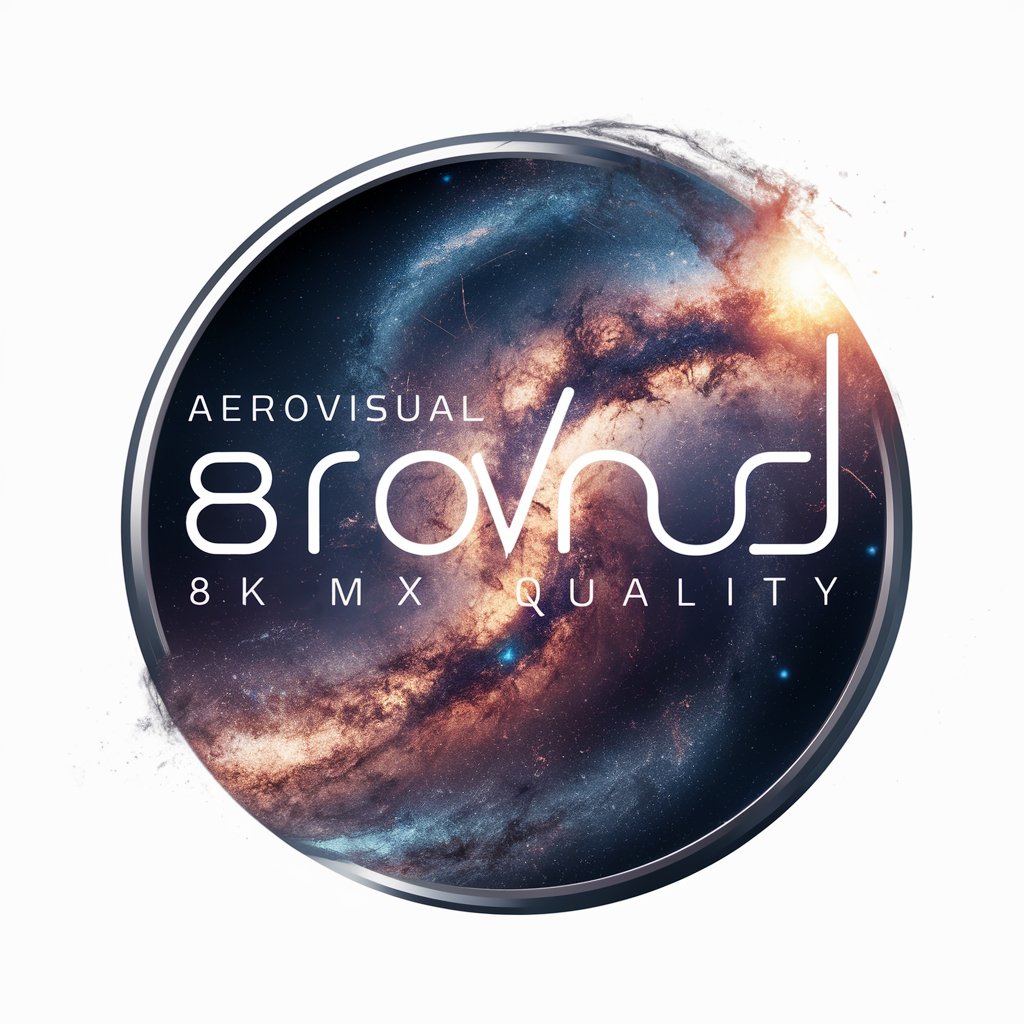
Synonym Suggester
Enhance your writing with AI-powered synonyms

Food Quality Checker
Elevate your diet with AI-powered food analysis.

PDF to WORD (docx) Converter
Transform PDFs with AI Precision
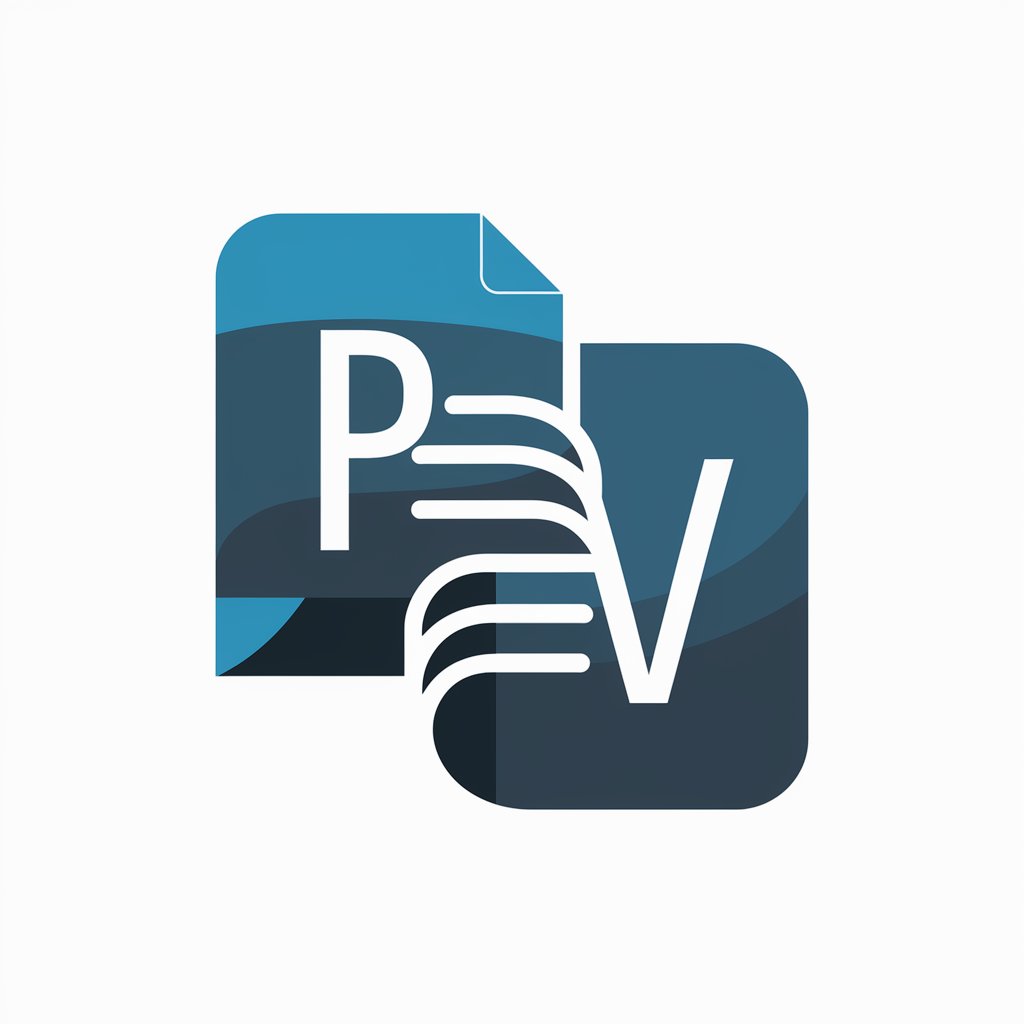
Dog Detector
Discover Your Dog's Ancestry with AI

Hosting Insights Writer
Empowering your hosting content with AI

Worldwide Trends Assistant
Visualizing Trends with AI Power

TT Scraping Experts
Unlock TikTok insights with AI-powered scraping

Frequently Asked Questions about Angularize
What types of visual input can Angularize process?
Angularize can process a wide range of visual inputs, including hand-drawn sketches and digital photos. The key is clarity and detail in the visuals to accurately translate design into code.
How accurate is the code generated by Angularize?
Angularize aims for high accuracy in translating visual inputs into Angular code, focusing on adhering to best practices and your specified requirements. However, the complexity of the input and clarity of instructions can affect the outcome.
Can Angularize handle dynamic content and interactivity?
Yes, Angularize is designed to interpret dynamic content and interactive elements within the visuals. Specify your dynamic content needs, and Angularize will tailor the code to include relevant Angular features like directives and services.
Is Angularize suitable for beginners in Angular?
Angularize is an excellent tool for beginners, offering a hands-on way to learn Angular through real-world examples. It simplifies the transition from design to code, providing a practical learning experience.
How can I optimize my visuals for Angularize?
For the best results, ensure your visuals are clear, detailed, and accurately represent the desired layout and functionality. Include annotations or descriptions for complex elements to guide the code generation process.
